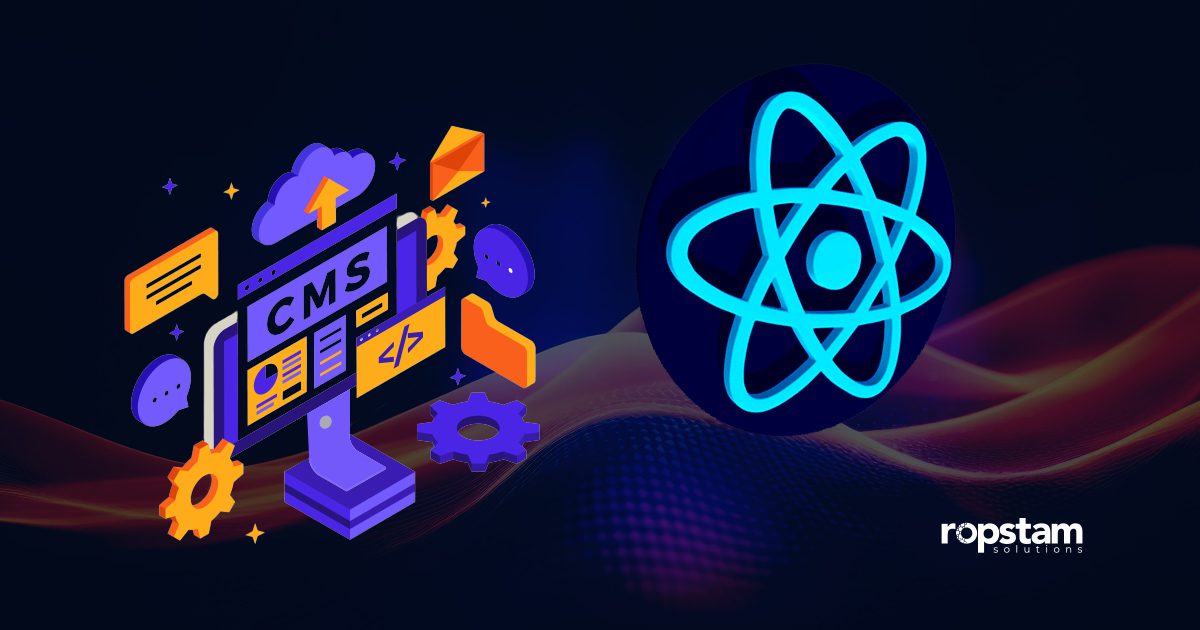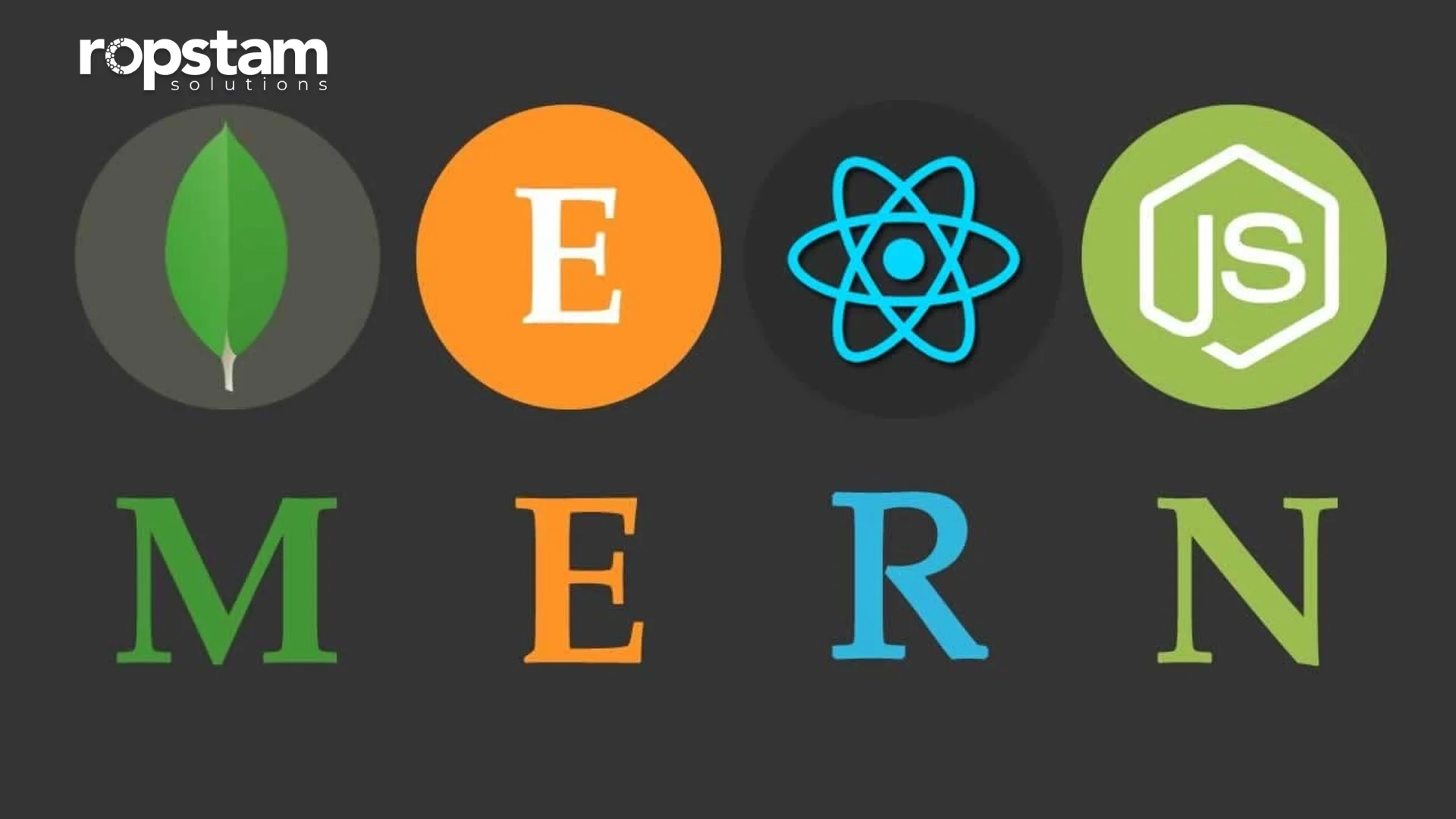Authentication is fundamental to modern web applications, ensuring only authorized users can access protected resources. The MERN (MongoDB, Express.js, React, Node.js) stack provides a comprehensive solution for implementing a secure authentication system. This stack requires careful consideration of front and backend components. Still, it also provides the tools and flexibility needed to design a well-structured authentication flow that verifies user identities and protects against common security threats such as data breaches, session hijacking, and unauthorized API access.
Why Authentication Matters in MERN Applications
Authentication is crucial for maintaining the integrity and security of web applications. Without proper authentication, sensitive user data becomes vulnerable to exploitation. A secure authentication system ensures only verified users can log in, access protected routes, and perform authorized actions. By implementing strong authentication mechanisms, developers not only prevent common threats like brute-force attacks, cross-site scripting (XSS), and cross-site request forgery (CSRF), but also build trust with users and safeguard their data.
Designing the Authentication Flow
A well-structured authentication flow is essential for both security and user experience. In a MERN application, the authentication process typically begins with user registration, where credentials are collected, passwords are hashed, and user data is stored securely in MongoDB. Upon login, the system validates the credentials and issues a JSON Web Token (JWT) to manage the user session. Middleware functions then verify this token before granting access to protected API endpoints. Logout mechanisms ensure that sessions are terminated securely, and token expiration policies help mitigate the risk of long-lived sessions. Choosing between JWT and session-based authentication depends on the application’s needs—JWT is stateless and scalable, while sessions offer more control but require server-side storage.
Frontend (React)
Creating Secure Login & Registration Forms
The frontend plays a critical role in authentication by collecting and validating user input. Secure forms in React should use controlled components to manage state and implement client-side validation to check for valid email formats, strong passwords, and other requirements. This validation process is crucial in preventing potential security breaches. Turning off the submit button after the first click prevents duplicate submissions, while error messages guide users in correcting mistakes. Additionally, sensitive data such as passwords should never be logged or stored in plain text.
Managing User State with Context API or Redux
To maintain user authentication state across the application, React developers can use the Context API for smaller applications or Redux for more complex state management. The Context API provides a simple way to share user data and authentication methods (like login and logout) across components without prop drilling. On the other hand, Redux offers a centralized store for managing global state, making it easier to handle user sessions in large-scale applications. Both approaches ensure the user authentication status is consistently maintained throughout the app.
Backend (Node.js & Express)
Setting Up User Models with Mongoose/MongoDB
MongoDB, with Mongoose as its object modeling tool, defines user schemas. A secure schema must include hashed passwords, email validations, timestamps, and optional security features like account verification status. Separating user roles and permissions at the model level to support RBAC (Role-Based Access Control) is also good practice.
Implementing JWT (JSON Web Tokens)
JWTs are a popular choice for stateless authentication in MERN applications. Upon successful login, the server generates a signed token containing user information, which is then sent to the client. Middleware functions verify this token on subsequent requests to protected routes, ensuring that only authenticated users can access sensitive data. Proper token expiration and secure storage (using HTTP-only cookies) help mitigate risks like token theft.
MongoDB – Storing User Data Securely
Securely storing user data is a critical aspect of authentication. MongoDB best practices include encrypting sensitive fields, using indexes for performance optimization, and avoiding the storage of plain-text tokens. Environment variables should be used for database credentials, and production databases should enable encryption features like MongoDB Atlas’s built-in security controls. Additionally, applications should never log sensitive information such as passwords or API keys.
Best Practices for User Collections
When structuring user collections in MongoDB, avoid storing unnecessary or sensitive metadata. Use indexed fields for common queries (like email) to enhance performance and enforce uniqueness. Consider separating authentication-related data (e.g., tokens, 2FA secrets) from user profiles into dedicated collections or sub-documents to improve modularity and security.
Handling Sensitive Data
Handling user credentials, tokens, and PII (Personally Identifiable Information) demands adherence to security protocols. Sensitive data should only be exchanged over HTTPS. Tokens should have short expiration periods and support refresh mechanisms. Password reset functionalities must use time-bound and single-use secure tokens. Additionally, regular audits and logging mechanisms should be in place to monitor access and anomalies.
Enhancing Security in MERN Authentication
Preventing Common Attacks
Security threats like XSS, CSRF, and brute-force attacks can compromise authentication systems. To prevent XSS, developers should sanitize user inputs and use HTTP-only cookies for token storage. CSRF attacks can be mitigated with anti-CSRF tokens or SameSite cookie attributes. Rate limiting, implemented using libraries like express-rate-limit, helps protect against brute-force attacks by restricting the number of login attempts from a single IP address.
Cross-Site Scripting (XSS) & CSRF Protection
Cross-site scripting (XSS) attacks can occur if tokens are stored in local storage and then exposed to malicious scripts. To mitigate this, sensitive tokens should ideally be stored in HTTP-only cookies. Cross-Site Request Forgery (CSRF) is also risky when tokens are automatically sent with requests. Implementing CSRF tokens for state-changing requests and using SameSite cookie policies helps minimize these vulnerabilities.
Rate Limiting & Brute-Force Prevention
Setting up rate limiting on authentication routes, such as login or registration, helps prevent automated brute-force attacks. This can be implemented at the Express middleware level using tools like express-rate-limit. Use progressive delays and challenge mechanisms (like CAPTCHA) after repeated failures, rather than permanently blocking IP addresses
Advanced Features for Production Apps
OAuth 2.0 Integration (Google, GitHub Login)
Social login options like Google and GitHub improve user experience by allowing authentication through trusted providers. Libraries like Passport.js simplify OAuth integration. While Firebase Auth is typically used within MERN stack applications, it is not usually integrated separately. Passport.js is generally recommended for OAuth integrations in custom Node.js backends.
When implementing OAuth, applications should store minimal user data and rely on the provider for identity verification.
Two-Factor Authentication (2FA) with TOTP
Two-factor authentication (2FA) is a valuable addition for applications requiring higher levels of security. Time-based One-Time Passwords (TOTP), often integrated with authenticator apps, provide an additional layer of protection beyond the password. Users must enter a time-sensitive code during login, making account breaches significantly harder even if credentials are leaked.
Session Management & Token Refresh Strategies
JWTs, while stateless, require careful management. Short-lived access tokens should be used with refresh tokens stored securely. Refresh tokens enable long sessions without compromising security. They can be revoked if suspicious activity is detected. Building logic for automatic token refresh, logout on all devices, and session invalidation is crucial for enterprise-grade apps.
Testing & Debugging Auth Systems
Thorough testing of authentication systems is essential to avoid critical vulnerabilities. Automated tests should cover common scenarios such as successful login, failed login, token expiration, and protected route access. Manual penetration testing and vulnerability scanning tools can also identify weaknesses. Logging all authentication-related actions (such as login attempts, password resets, and token issuance) helps in troubleshooting and forensic analysis.
Conclusion
Secure user authentication is a foundational requirement in MERN stack applications. Developers can build a robust and scalable authentication system by combining React for dynamic frontend forms, Express and Node for handling API logic, and MongoDB for storing user data. However, security cannot be an afterthought. Adhering to best practices, preventing common vulnerabilities, and incorporating advanced security features like OAuth and 2FA ensures a resilient application. As the digital threat landscape evolves, proactive security design in MERN stack authentication remains essential to safeguarding users and data integrity.













